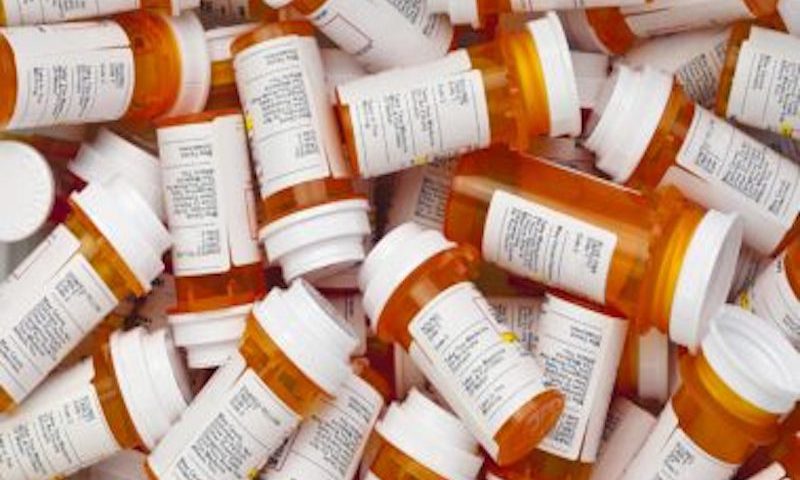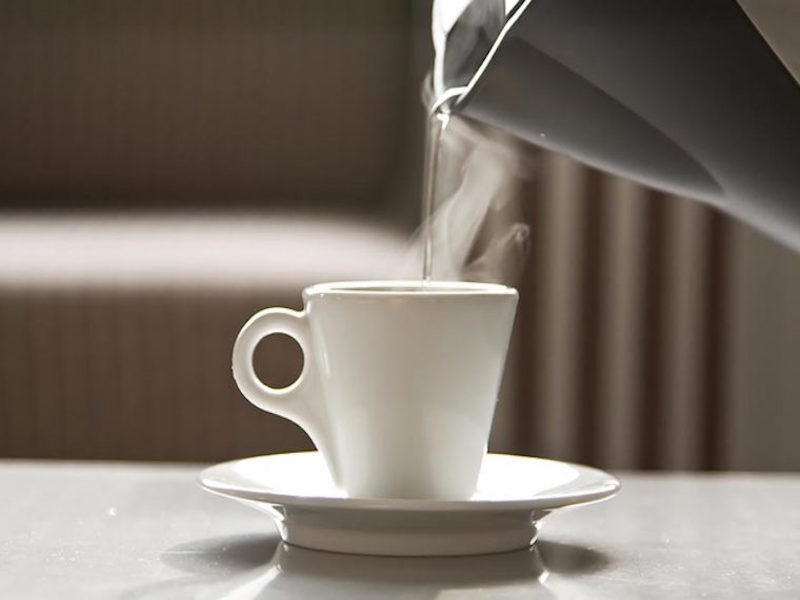10 Signs You’re Taking Too Many Prescriptions
If you’re taking more than five different drugs, you’re at risk of dangerous interaction. Here are the warning signs that you may be on too many meds.
You have access to good health care

Yep: Just being a patient and growing old with good insurance means you could be at risk for over-prescribing. Prescription drugs are designed to heal or manage long-term health issues, but some patients are victims of something called polypharmacy—they’re taking too many prescription drugs, over-the-counter meds, plus supplements. Currently, nearly half of men and two-thirds of women over 65 in the United States are on five or more medications, which is the accepted definition of polypharmacy. Sometimes patients get prescriptions they don’t need, or two or more pills in their regimen are interacting in dangerous ways. “It is not uncommon for patients to be on multiple meds from multiple doctors at one time,” warns Pawan Grover, MD, a spine specialist in Houston, Texas. “This is dangerous because we don’t know the complex interactions and side effects of so many drugs.”
You’re seeing several doctors

“Most patients assume that their doctors are in direct and constant communication with each other and coordinating their care, but this is simply not the case, given the hectic nature of medical practice these days,” explains Grover. (Learn the safest way to manage your prescription drugs.) “For example, if a patient develops a problem with the stomach while being on a certain drug, he has to be referred to a G.I. specialist. The G.I. specialist is obligated to run a battery of tests. The patient subsequently might be placed on meds to treat the stomach issues. Suppose the patient develops dizziness from the combination of the medications he is on, he will then be referred to a neurologist, who will also be obligated to run a battery of tests and might prescribe medications to treat the dizziness. And so on…” Studies have also found that elderly patients are often prescribed too many medications, some of which are unnecessary, or could be replaced with a different, safer drug. One study found that 44 percent of frail, older patients were taking at least one drug unnecessarily, and another study of over 200,000 older veterans with diabetes found that over half of them were candidates for quitting a blood pressure or blood sugar control medication.
You recently developed new symptoms

One of the potential signs that someone may be taking too many meds is the onset of new symptoms they may not have experienced in the past, says Nesochi Okeke-Igbokwe, MD, attending physician, Internal Medicine at NYU Langone Medical Center. “Taking a large number of different medications comes with the risk of dangerous interactions,” she explains. “These drug-drug interactions may lead to a host of various symptoms such as weakness, cognitive changes, gastrointestinal upset, heart palpitations, and even skin problems. The symptoms are really based upon the specific drug interaction, if one exists.” This means the symptoms or side effects of taking too many medications depends on what type of drugs are being mixed.
You struggle to keep up with dosing
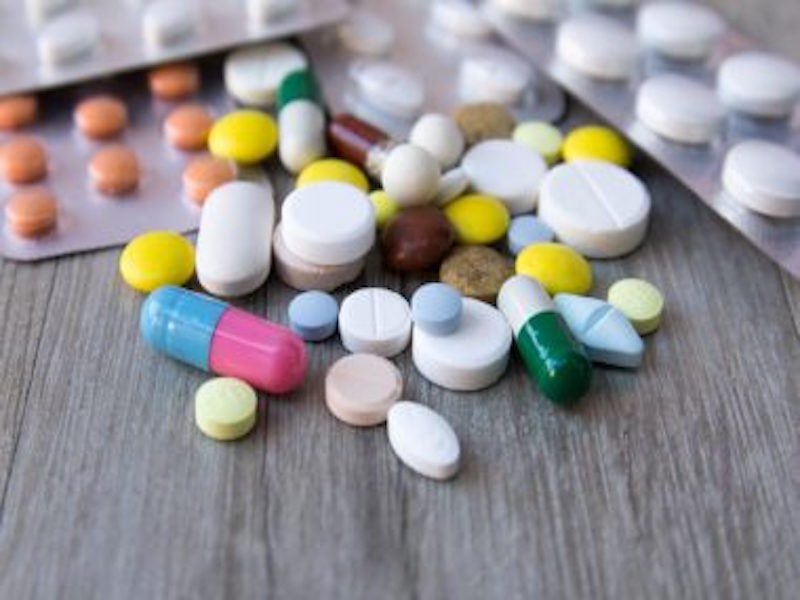
If you are taking too many drugs, you may it difficult to keep up with the scheduled dosing of each one. “Not all medications are once a day dosing,” says Okeke-Igbokwe. “If it is becoming a huge unbearable onus to keep up with the frequency and timing of all of your medications, that may signal that you are on too many meds. The bottom line is that if you are concerned you may be on too many medications, schedule an appointment with your doctor to review your current list and determine what is necessary for your care.” It’s crucial that patients let each doctor they see know about any and every other drug being taken—whether it is herbal, over-the-counter, or prescribed. (And be sure to ask your doctor these questions when getting a prescription.) “Patients should never hold back in speaking up and asking questions about a new drug that is recommended by their doctor since side effects and drug interactions are always a possibility,” says Okeke-Igbokwe.
You’re worried about addiction

With some prescribed drugs, there is a risk of addiction. “You should be concerned if you are prescribed opioids and benzodiazepines (such as valium, Ativan or Xanax) because of the risk of addiction,” says Nieca Goldberg, MD, medical director of the Joan H. Tisch Center for Women’s Health at NYU Medical Center. (You can see how serious the issue is in this man’s story of overcoming an addiction to opioids.) “In the case of multiple opiates, patients will exhibit pin-point pupils, drowsiness, sometimes difficulty breathing and impaired function along with severe constipation,” says Grover. If you think you (or someone close to you) might be addicted to drugs, get in touch with your local drug treatment center, which has addiction experts who are trained to recognize the signs and provide the necessary help. You can also call 800-662-HELP (4357), the national helpline run by the U.S. government’s Substance Abuse and Mental Health Services Administration, for free, confidential information and referrals about substance abuse and mental health.
Your mental health is suffering
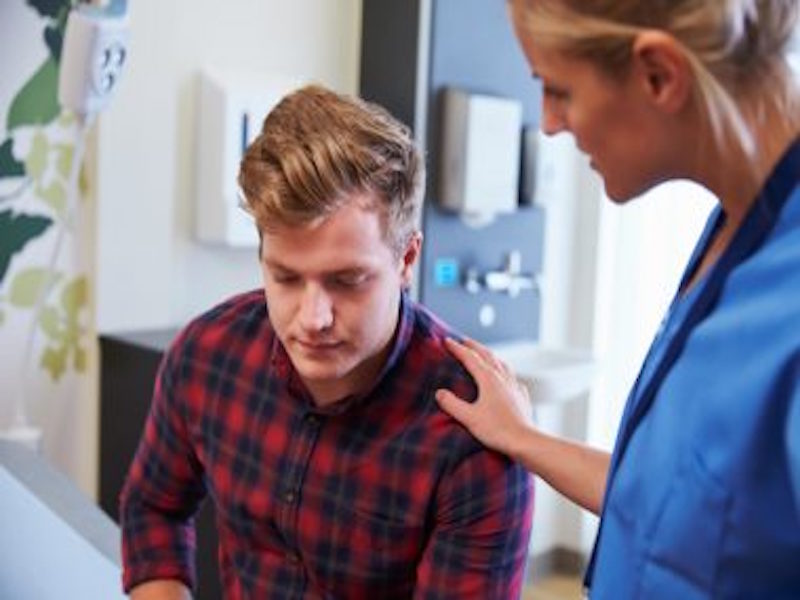
Given that simply taking multiple medications itself is a risk for emotional troubles, knowing the warning signs for depression is crucial. According to David Greuner, MD, of NYC Surgical Associates, a common side effect or symptom of being over prescribed meds is a depressed mood. “Not only is depression a risk on many medications and also while mixing prescriptions, but also by taking multiple medications at a time it can lead to a difficult life of constantly taking medication,” he warns. “Many patients will also become extremely tired and sedated while taking too many prescriptions at once.”
You’re constantly battling joint or muscle pain

One of the signs of taking too many meds can be pain. “Many medications can both cause pain as well as confuse the brain regarding the significance or the degree of pain,” explains Barbara Bergin, MD, and orthopedic surgeon in Austin, Texas. “In my specialty, most of my patients are suffering from conditions which cause pain. Orthopedic surgeons often focus on the source of that pain: broken bones, arthritis, sprained joints. But there are sources of pain which might not becoming from our musculoskeletal system.” According to Bergin, medications that can cause pain include statins (cholesterol-lowering medications) and non-steroidal anti-inflammatories (medications that help reduce pain by reducing inflammation). Then there are medications which can confuse the brain when it comes to pain, such as narcotics and NSAIDs. “When we take these medications our pain can wax and wane, causing us to think we need more medication to reduce the pain, in effect causing a vicious cycle of pain medication use,” says Bergin.
You’re under increasing financial pressure

Physical symptoms aside, prescribed drugs don’t come cheap. “Another potential sign that you may be taking too many meds is a notably increased financial strain to afford the medications,” says Okeke-Igbokwe. “You may notice over time that the amount you are now paying for your medications has sky-rocketed, due to the sheer rise in the number of medications being prescribed.” Of course, your first priority should be to make sure all the medications you are taking are necessary. If so, ask your prescriber about generic versions of the drugs, which are cheaper than the brand names. (Also, don’t miss these secrets your pharmacist won’t tell you.) These conversations will help you figure out a medication regimen that is both effective and affordable.
You have trouble talking to your doctor

This is not a time to be reticent. If you’re uncomfortable talking to your doctor, bring your spouse or a friend to help out. Always speak to your pharmacist or doctor before you take any new medication or supplement, including pain relief, sleep aids, allergy meds, and herbal, vitamin and mineral supplements. “This is especially important if you have a history of heart or kidney disease,” says pharmacist Karin Josephson, who works out of Westfields Hospital & Clinic in New Richmond, Wisconsin. “Some over-the-counter medicines and supplements can react badly with your prescription drugs, which could be dangerous or make your medicine less effective than it should be.” To avoid getting medications that don’t interact well, stick to seeing one primary doctor and using one primary pharmacy. “Before prescribing you something, your doctor checks to make sure it won’t react badly with your other medicines. Your pharmacist then double checks when filling your prescription,” explains Granger. “But if you have another doctor or pharmacist who’s not in close communication with the others, potential interactions might not get flagged.” The onus is on you to be organized: take a list of every medication you take whenever you see your primary doctor or a specialist, and make sure it’s updated whenever a drug is added or removed.
You feel your meds are beyond your control
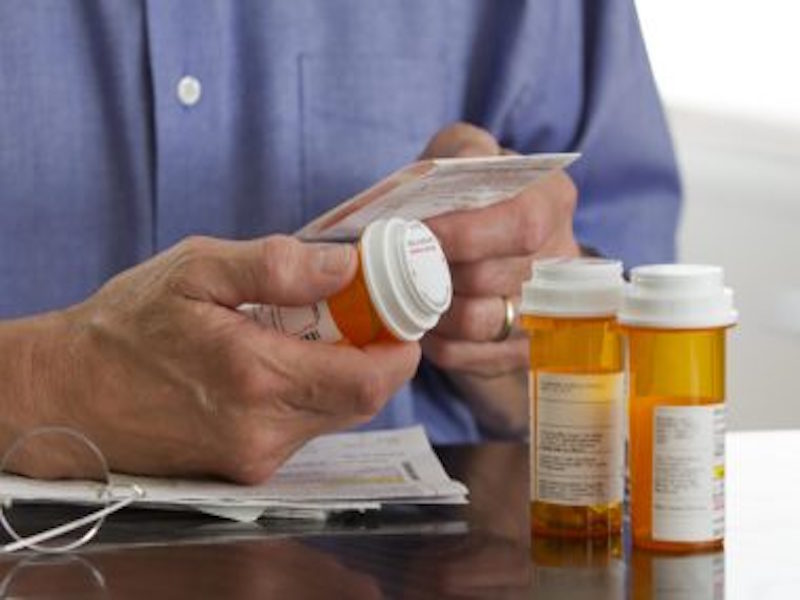
It’s crucial to have a system in place if you’re taking a lot of different meds. Josephson suggests a pillbox and a weekly medicine chart to use as a checklist. “Include each medicine you need to take, when you need to take it and how you need to take it,” she advises. “All of your medicines will have instructions on when to take them. Try to time each dose with your other routine daily activities.” Get to know your meds, because each one comes with specific instructions. “Some medicines can cause problems if they’re taken too closely together, but a chart can help you space out when you take them,” says Josephson. “It can also help you avoid retaking a medicine you’ve already taken. Likewise, some medicines are best taken with food. Others work best on an empty stomach. And some need to be taken with a full glass of water—not just a sip.”
Learn more on Reader’s Digest
